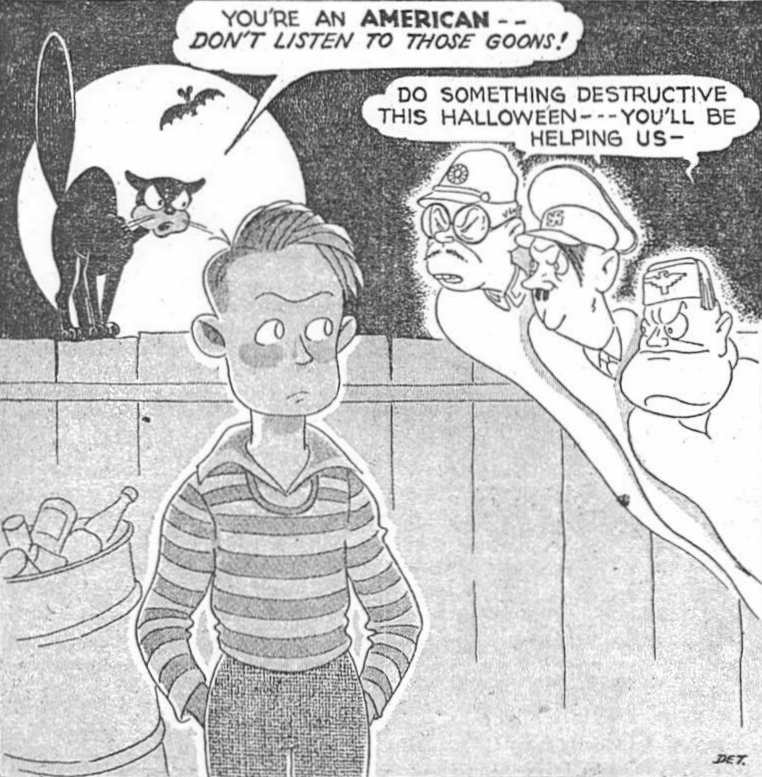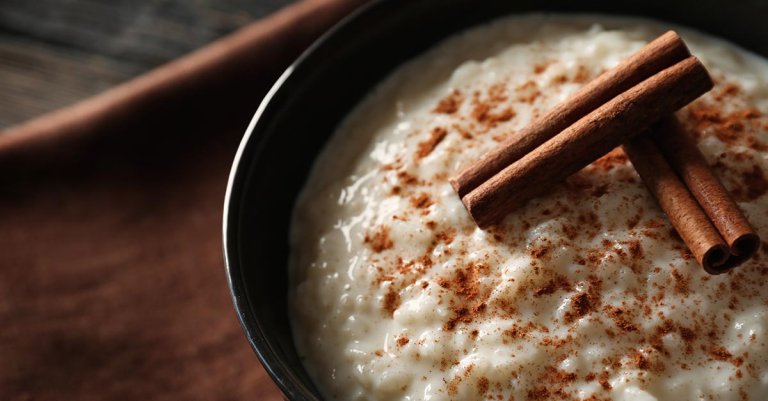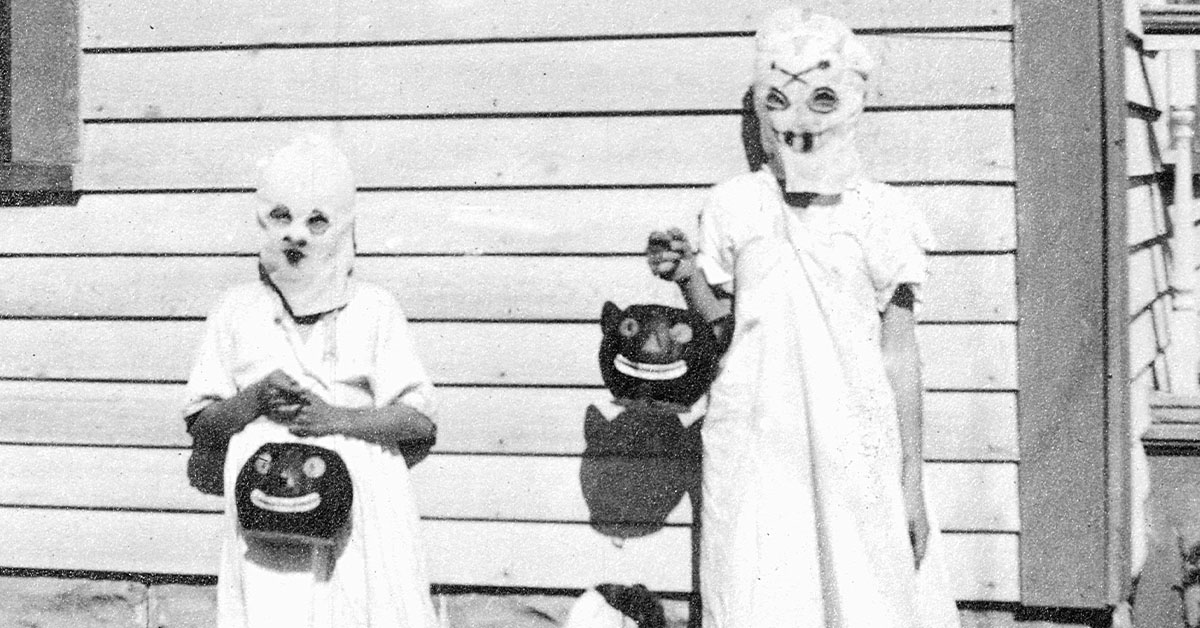Today, Halloween is one of the biggest sugar-filled days of the year, filled with costumes and treats. But to get that candy in the first place, there’s something kids must say first: “Trick or Treat.” And it’s only in recent decades that we’ve leaned in to treats. Prior to that, it was all about the tricks.
Before knocking on doors became commonplace, seemingly giving folks the option to opt out of their trick, pranks or other destructive behavior was simply part of Halloween. According to Nicholas Rodgers, author of “Halloween: From Pagan Ritual to Party Night,” this practice began as early as 1911, with traditions from other countries blending into American culture. By the mid-30s, kids in costumes saying “treats or tricks” had become popular.
Related: 4 Revolutionary War ghosts that refuse to die
However, older kids would take to their own pastimes. Notably, teenage boys would go out into the night to wreak havoc in their neighborhoods. Gates were left open, fences broken or torn down, tires were deflated, and doorbells rang at all hours.
World War II put that all to an end. In 1942, a California newspaper published a cartoon implying Halloween pranks were in favor of the Axis powers. The picture includes a teenage boy who receives a message from Emperor Hirohito, Adolph Hitler, and Benito Mussolini, “Do something destructive this Halloween… you’ll be helping us.”
 Cartoon published on October 25, 1942. (San Diego Union)
Cartoon published on October 25, 1942. (San Diego Union)
Suddenly, the idea of pranks had become anti-American. Additional text explained that pranks would be considered unlawful and would come with corresponding consequences. Further stories were published about pranks performed by sleeping spies, the pranks serving as signs. Others told stories of raid bells causing chaos, all of which was blamed on Halloween. Not only did teenagers have cause to pause, but their parents suddenly had motivation to make sure they behaved, especially on a night meant for mischief.
In addition, towns were observing “dim out” rules to conserve power, meaning it was less likely for kids to go door-to-door after dark. Effectively, this kept most everyone at home for Halloween of 1942, a sentiment that carried into the following year. For some towns, this meant canceled parties and celebrations, even in the daylight. Others created events that were pro-American, like bringing in scrap metal.
In many ways, modern children’s parties can be traced to these early predecessors, who wanted them held in the daylight and to prove that nothing nefarious was taking place.
As sugar rations were also put in place, treats were replaced with games or snacks that were more readily available, like popcorn or peanuts. Later, after the end of the war and Halloween restrictions ended, the holiday became far more focused on kids. This is likely due to those who remembered missing out on their own trick-or-treating days.
In the early 1950s, Disney re-popularized the idea of asking for treats with cartoons like Donald Duck showing how to trick-or-treat. Peanuts did the same, revamping the idea of going door-to-door.
In more modern wars, the U.S. has changed its security measures locally, perhaps altering who can access a military base and what they can do there. This has led to popular events, like battalion-wide Halloween events or trunk-or-treats, where people bring their cars to a location, decorate them with a theme, and hand out candy. This creates a more secure environment while still allowing fun—and sugar—for all involved.
Don’t Miss the Best of We Are The Mighty
• 4 creepy ghost stories from the Vietnam War
• US troops pretended to be vampires and ghosts to scare the hell out of communists
• Official CIA documents reported that a UFO turned a Soviet infantry unit to stone

6 unappetizing ration recipes from World War II that you might actually like
Bethaney Phillips is a freelance writer and veteran spouse. She holds degrees in English literature and creative writing. Her work has been published at Insider, Ad Council, Military Families Magazine, MilspouseFest, Task & Purpose, and more.

